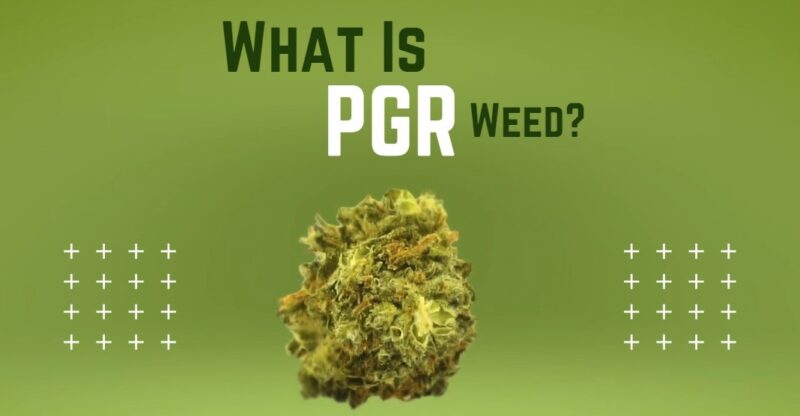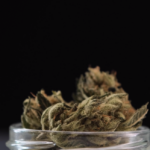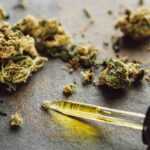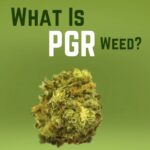Cannabis has become increasingly popular over recent years, both for medicinal and recreational use. As demand grows, so does the need for high-quality cannabis products. However, not all cannabis is created equal, and some growers may resort to using questionable methods to increase yield and profit.
One such method involves the use of plant growth regulators (PGRs). In this comprehensive guide, we will delve deep into PGR weed, its potential dangers, and how to identify it. By the end of this article, you’ll be well-equipped to make informed decisions about the cannabis you consume.
What Are PGRs?
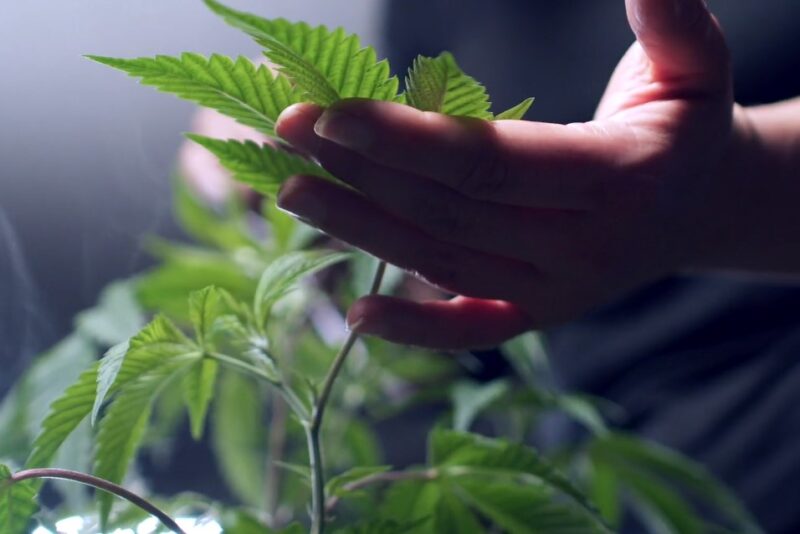
Plant growth regulators (PGRs) are chemical compounds that influence the growth and development of plants. They are found naturally in plants as hormones but can also be synthesized and applied as agricultural chemicals. PGRs are commonly used in the horticulture industry to control plant growth, improve crop yield, and enhance plant quality.
There are different types of plant growth regulators, each with specific effects on plants. Some of the most commonly used in cannabis cultivation include:
- Auxins: These stimulate cell elongation, root formation, and branching. They are used to promote rapid growth and development in plants.
- Gibberellins: They promote stem elongation, flowering, and fruit development and are used to increase plant height and improve flower production.
- Cytokinins: These plant growth regulators promote cell division and differentiation. They are used to increase the number of shoots and flowers in plants.
- Abscisic acid (ABA): This one inhibits growth and promotes dormancy in plants. It is used to control plant size and shape.
- Ethylene: This is a gas that acts as a hormone in plants. It is used to promote fruit ripening, leaf abscission, and senescence.
Why Are They Used in Cannabis Cultivation?
PGRs are used in cannabis cultivation primarily to increase yield and improve the appearance of the final product. Growers may use regulators to:
- Boost plant size and weight: Some types promote rapid growth and increase the overall size and weight of the plant, which can lead to higher yields.
- Enhance bud density: Plant growth regulators can make buds denser and heavier, which is often perceived as a sign of high quality by consumers.
- Shorten the flowering period: Some types can accelerate the flowering process, allowing growers to harvest their crops more quickly.
- Improve resistance to pests and diseases: PGRs can help plants become more resistant to common pests and diseases, reducing the need for pesticides and fungicides.
The Dangers of Plant Growth Regulators Weed
Despite their potential benefits, the use of PGRs in cannabis cultivation is controversial due to their potential health risks and negative impact on the quality of the final product. Some of the dangers associated with this type of weed include:
- Health risks: PGRs can leave chemical residues in the cannabis plant, which may pose health risks when consumed. Some plant growth regulators are known to be toxic or carcinogenic, and their long-term effects on human health are still not fully understood.
- Reduced potency: Plant growth regulators weed often has a lower concentration of cannabinoids, such as THC and CBD, compared to cannabis grown without it. This can result in a less potent and less effective product for medicinal and recreational users.
- Poor flavor and aroma: This type of weed tends to have a less pronounced flavor and aroma compared to cannabis grown without PGRs. This is due to the reduced production of terpenes, the organic compounds responsible for the unique scent and flavor of cannabis.
- Environmental concerns: The production and use of synthetic PGRs can contribute to environmental pollution and degradation. Additionally, the disposal of PGR-treated plants may pose risks to local ecosystems.
How to Identify PGR Weed
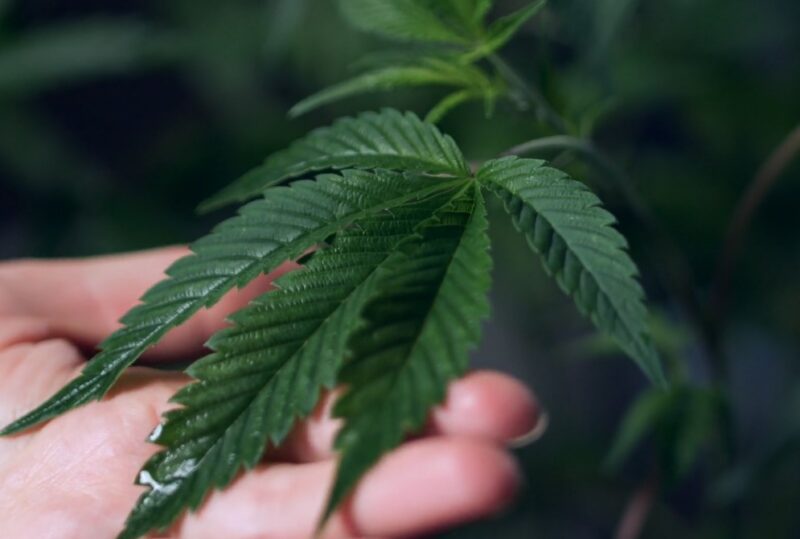
To ensure you’re consuming high-quality, safe cannabis, it’s essential to know how to identify PGR weed. Here are some key characteristics to look for:
Dense, compact buds
This weed often has unnaturally dense and compact buds, which may appear almost rock-like. While dense buds can be a sign of quality in some cases, excessively compact buds may indicate the use of plant growth regulators.
Limited trichome development
Trichomes are tiny, crystal-like structures that contain cannabinoids and terpenes. PGR weed typically has fewer trichomes, resulting in a less frosty appearance.
Unusual coloration
PGR-treated cannabis may exhibit unusual coloration, such as overly dark or brownish-green buds. This can be a sign that the plant’s natural processes have been disrupted by plant growth regulators.
Lack of aroma
As mentioned earlier, PGR weed usually has a less pronounced aroma due to reduced terpene production. If your cannabis has little to no scent, it could be a sign that plant growth regulators were used during cultivation.
Uniformity in bud size and shape
PGR weed often has a more uniform appearance, with buds that are similar in size and shape. This can be a sign that the plant’s growth has been artificially manipulated.
Alternatives to Plant Growth Regulators Weed
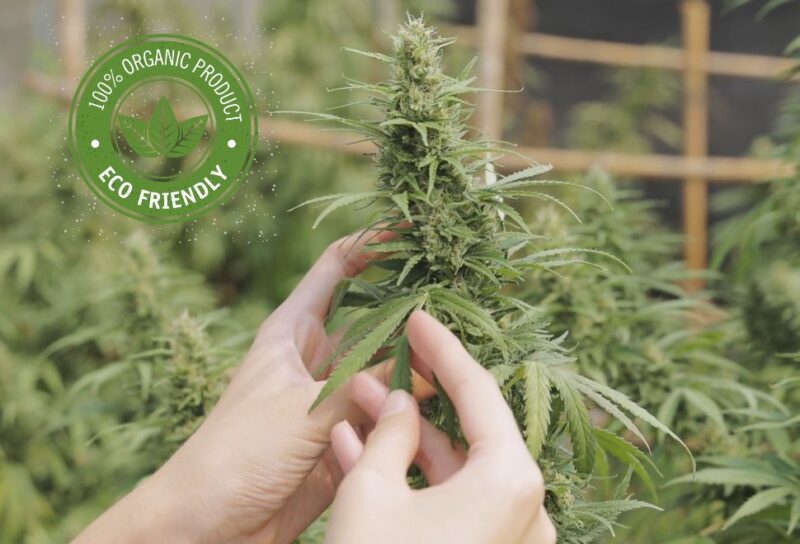
If you want to avoid PGR weed and consume high-quality cannabis, consider the following alternatives:
Organic cannabis
Organic cannabis is grown without synthetic PGRs, pesticides, or fertilizers. This ensures a cleaner, safer product with a better flavor and aroma. Look for certified organic products or growers who follow organic cultivation practices.
Homegrown cannabis
If it’s legal in your area, consider growing your own cannabis. This allows you to control the cultivation process and ensure that no PGRs or other harmful substances are used.
Trusted dispensaries and suppliers
Purchase your cannabis from reputable dispensaries and suppliers who are transparent about their cultivation practices. Look for dispensaries that provide lab testing results and prioritize quality over quantity.
Educate yourself
Stay informed about PGRs and other issues related to cannabis quality. By understanding what to look for, you’ll be better equipped to make informed decisions when purchasing cannabis products.
The Future of Cannabis Cultivation
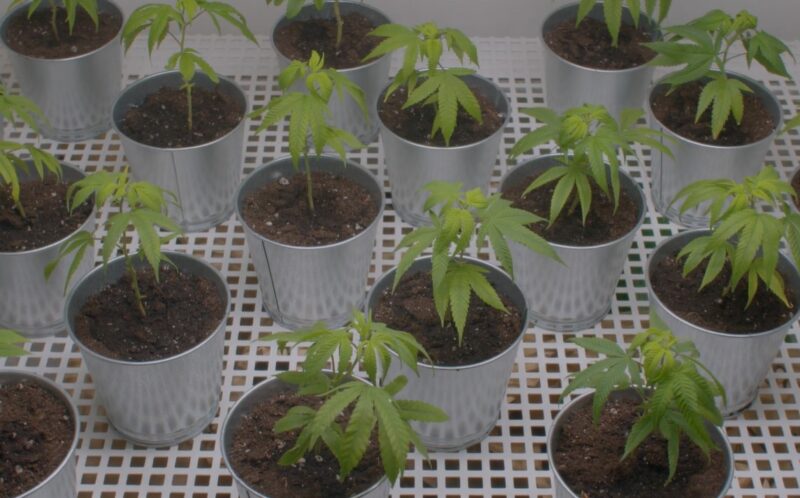
As cannabis becomes more mainstream and regulations continue to evolve, it’s likely that the use of PGRs and other harmful substances will decrease. Many consumers are becoming more aware of the importance of cannabis quality and are demanding better products from growers and suppliers.
In the future, we can expect to see more stringent regulations and guidelines for cannabis cultivation, as well as increased research into the potential health effects of PGRs and other chemicals used in the industry. In the meantime, it’s crucial for consumers to educate themselves and make informed choices when purchasing cannabis products.
Final Words
PGR weed may be more prevalent than you think, but with knowledge and vigilance, you can avoid it and enjoy high-quality cannabis. By understanding what plant growth regulators are, why they’re used, and the potential dangers associated with them, you can make better decisions about the cannabis you consume.
Remember to look for the telltale signs of PGR weed, such as dense, compact buds, limited trichome development, unusual coloration, and lack of aroma.
Stay informed and continue to educate yourself about cannabis cultivation practices and potential risks. By doing so, you’ll not only protect your own health and well-being but also contribute to the development of a more responsible and sustainable cannabis industry.

